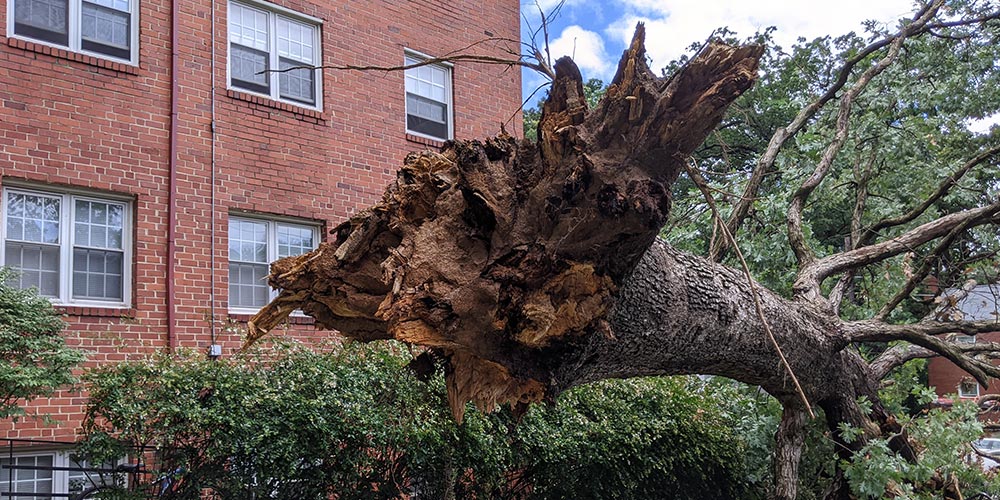
Why Plant Trees in the Fall
September 29, 2022
Fall is an excellent time to plant trees, and the fall season offers different and ideal weather conditions which help newly-planted trees adjust to new environments. When summer is over, everyone likes to take advantage of the comfortable weather. Traditionally, spring is a popular time for adding plants and trees to green spaces, but while summer returns to fall, the inspiration for planting can sometimes go on the back burner.
Even if there are shorter days and nights, fall is a great time to make your yards green. Aside from calling tree services to do the pruning for you, it would be good to know how to care for your trees any time of the year. Read on.
Temperature is Nice
Cooler temperatures together with brighter and shorter days in the fall creates a great environment for trees that were newly planted. Extreme environmental factors, like hot temperatures, compound the stress level of new trees, which makes it harder to establish them properly. This is among the reasons why people avoid planting in the summer heat.
Extra Time for Trees to Establish Themselves
When you plant trees in the fall, there is more time to establish itself before the summer season stress kicks in. It works great to establish the root system for months before it can be content with hot temperatures and summer drier soils. Since summer is normally a very stressful time for your newly planted trees, allowing enough time for your trees before the summer stresses would be great.
There are Fall Rains
Among the challenges of planting in spring is that the summer in different regions has the tendency to become hot and dry. Since the newly planted trees require enough water, you might have to go out and water the trees regularly. If you fail to do this, it could result in dead trees when the season ends.
In contrast to this, the fall weather in a lot of areas brings a lot of rain. It is combined with cooler temperatures, which means your trees will not require as much watering as they would during spring and summer.
New Roots will Grow
New trees start to establish their root systems right away after the fall planting. During the hot summer, the soil remains warm while going into the fall season, which creates an ideal environment for new roots to grow. Aside from that, the cooler temperatures and shorter days trigger trees to send resources to the roots in preparation for winter, which improves root development. The tree roots will continue growing until the ground freezes in the fall season, which results in a stronger and more developed system that can readily spring into action when leaves start to emerge in April or May.
Fewer Pests and Diseases
Threats from disease and pests are normally lower in the fall season. For instance, leaf defoliating insects are more common in the spring and summer months but it starts to recede while the temperatures start to decline. Fewer pests and diseases could mean less stress on trees that were newly planted.
Requires Less Maintenance
Since trees become dormant during winter, they do not have less maintenance compared to trees that are planted in spring and summer. The autumn rains can easily water trees naturally, and the cool soil temperatures encourage the growth of roots. And these extra months help set it up for a productive growing season in the following year. Therefore, you do not need a lot of maintenance if you plant in the fall.
You can contact tree storm damage removal Bethesda anytime if you need tree pruning.
